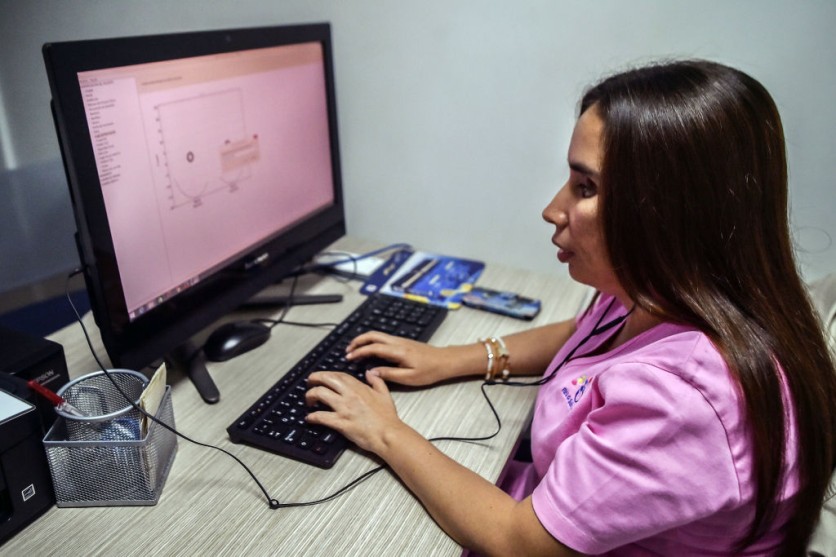In collaboration with the Bristol Robotics Laboratory, scientists at the University of Bristol have developed a new device capable of performing Clinical Breast Examinations (CBE) with a reported high degree of precision and sensitivity.
The manipulator is designed to apply specific forces similar to those used by human examiners and can detect lumps at greater depths compared to previous technologies.
This breakthrough could transform how women monitor their breast health, offering access to electronic CBEs in easily accessible locations like pharmacies and health centers providing accurate and reliable results.

The Manipulator Is Capable of Performing Clinical Breast Examinations
Lead author George Jenkinson explained that there has been ongoing debate regarding the effectiveness of Clinical Breast Examinations. However, it is generally agreed that they can be a valuable and low-risk diagnostic technique when performed correctly.
"The first question that we want to answer as part of this is whether a specialized manipulator can be demonstrated to have the dexterity necessary to palpate a realistic breast size and shape," Jenkinson said in a press release.
The manipulator was created using cutting-edge techniques like 3D printing and Computerised Numerical Control. The researchers conducted a series of laboratory experiments and simulated tests on a silicone breast and its digital counterpart, both modelled on a volunteer at the Simulation and Modelling in Medicine and Surgery research group at Imperial College London.
These simulations enabled the team to conduct thousands of palpations and explore various hypothetical scenarios to determine optimal techniques.
The next phase of the research involves combining the expertise of healthcare professionals in Clinical Breast Examinations with artificial intelligence, equipping the manipulator with sensors to assess the effectiveness of the integrated system in identifying potential cancer risks.
The team's long-term objective is to enhance the device's capability to detect lumps with greater accuracy and depth than can be achieved through manual examination alone. Additionally, this technology could complement existing diagnostic techniques like ultrasound examinations.
Read Also : Cancer Treatment Breakthrough: Gold Nanoparticles Induce Self-Destruction in Glioblastoma Cells
Laying the Groundwork
Jenkinson emphasized that this advancement represents a significant milestone in laying the groundwork for more effective breast cancer diagnosis.
He said the robotic system demonstrates the required skill to conduct clinical breast examinations, potentially offering a valuable tool in the early detection of cancers in the future.
"We hope that the research can contribute to and complement the arsenal of techniques used to diagnose breast cancer, and to generate a large amount of data associated with it that may be useful in trying to identify large scale trends that could help diagnose breast cancer early," Jenkinson noted.
He added: "One advantage that some doctors have mentioned anecdotally is that this could provide a low-risk way to objectively record health data. This could be used, for example, to compare successive examinations more easily, or as part of the information packet sent to a specialist if a patient is referred for further examination."
Related Article : World's Smallest Skin Cancer Now a Guinness World Record! Almost Invisible to the Naked Eye

![Apple Watch Series 10 [GPS 42mm]](https://d.techtimes.com/en/full/453899/apple-watch-series-10-gps-42mm.jpg?w=184&h=103&f=9fb3c2ea2db928c663d1d2eadbcb3e52)



